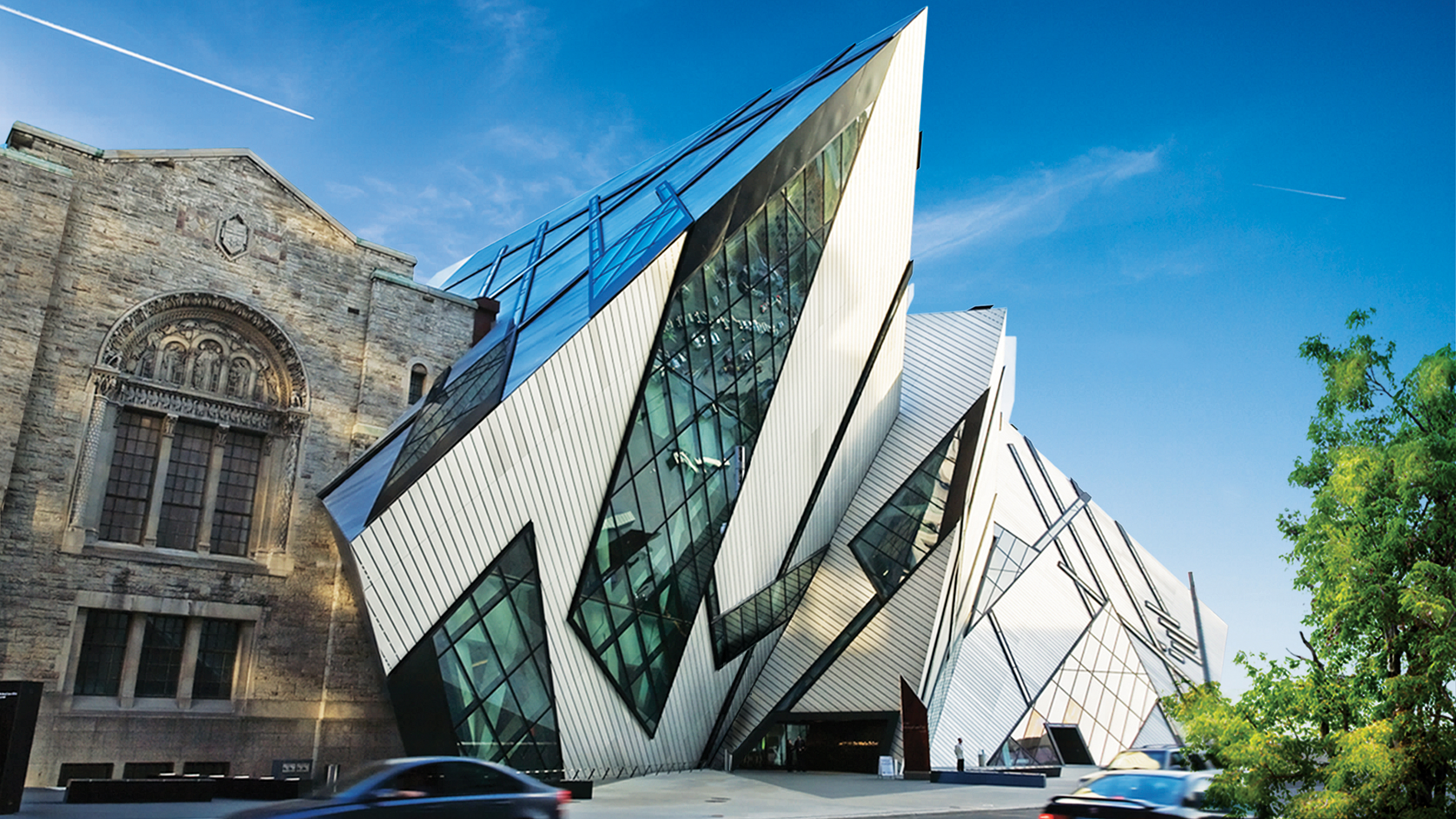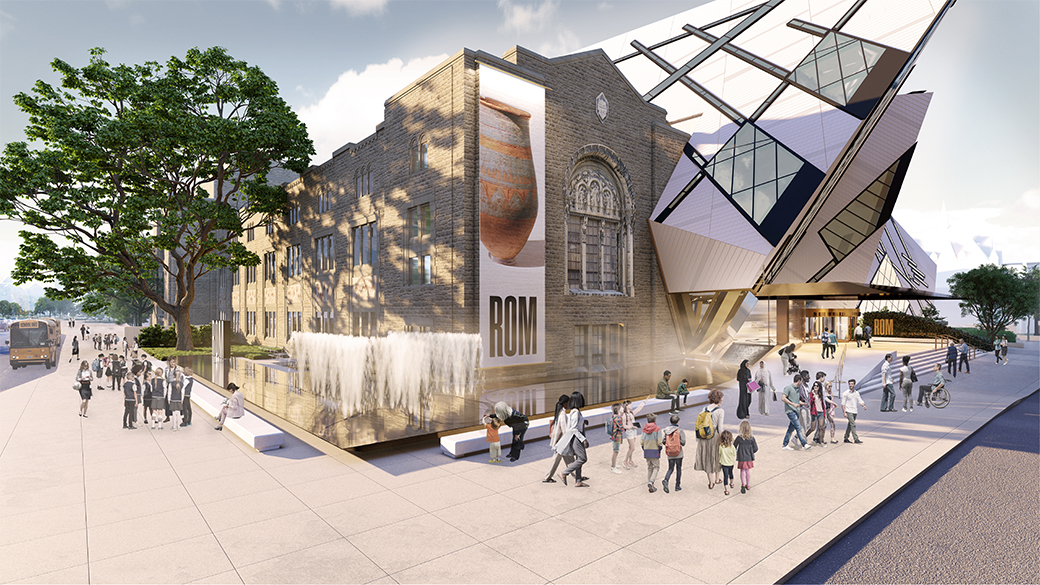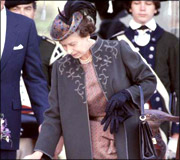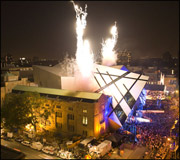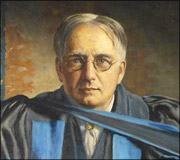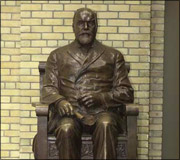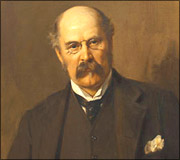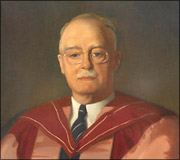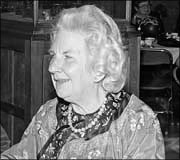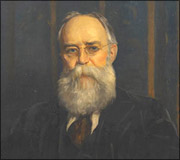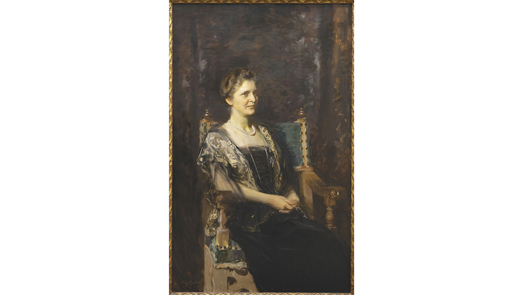Discover

OpenROM
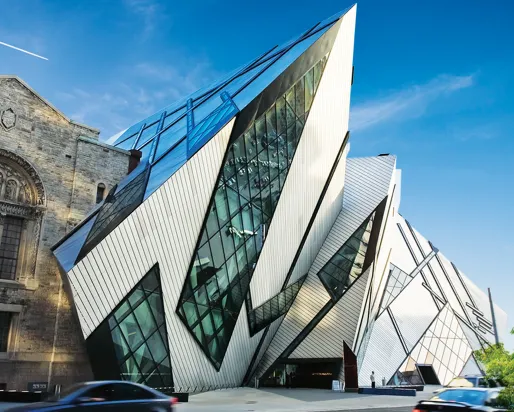
Leadership

About ROM Governors
About the Museum
Opened in 1914, the Royal Ontario Museum showcases art, culture and nature from around the world and across the ages. Among the top 10 cultural institutions in North America, Canada’s largest and most comprehensive museum is home to a world-class collection of 18 million artworks, cultural objects and natural history specimens, featured in 40 gallery and exhibition spaces. As the country’s preeminent field research institute and an international leader in new discoveries, ROM plays a vital role in advancing our understanding of the artistic, cultural and natural world. Combining its original heritage architecture with the contemporary Daniel Libeskind-designed Michael Lee-Chin Crystal, ROM serves as a national landmark, and a dynamic cultural destination in the heart of Toronto for all to enjoy.
OpenROM
From a sweeping architectural transformation to greater access opportunities, OpenROM is an extension of the Museum’s broader ambition to become an even more open, welcoming, and dynamic 21st-century museum. Funded by private philanthropy, OpenROM will create space for greater numbers of visitors while building a thriving cultural and civic hub in the heart of the city. Once complete, the reimagined main floor will feature a soaring atrium, more gallery space, and year-round programming and live performances.
Renowned Canadian firm Hariri Pontarini Architects leads the design of this landmark revitalization project, which includes a newly designed Bloor Street entrance featuring a floor-to-ceiling glass entryway with direct sightlines into and out of the building. Inside, a bright and spacious foyer will be filled with artworks, objects, and specimens. The Hennick Commons, a new four-storey sunlit atrium topped with a high-performance diagrid glass ceiling and featuring a 2,400 square foot forum, will create space for visitors to gather and enjoy performances and programming.
A stunning multi-level lily pad staircase, adjacent to the forum, will offer three accessible overlook platforms, knitting together old and new wings to improve movement throughout the building. Additionally, there will be 6,000 feet of new gallery space on the second and third levels, allowing visitors to experience more of ROM’s world-class collections.
OpenROM has been catalyzed by a visionary $50-million donation from the Hennick Family Foundation.
The Welcome Project
On August 21, 2019 ROM opened the Helga and Mike Schmidt Performance Terrace and the Reed Family Plaza to the public, providing visitors with a new way to enjoy ROM. The new terrace and plaza on Bloor Street offers a welcoming outdoor place to gather and relax with garden-side seating and an open-air space for music, theatre, discussion, and performances.
The opening of the Helga and Mike Schmidt Performance Terrace and the Reed Family Plaza marks the third and final phase of the ROM’s Welcome Project. In December 2017, ROM completed the first stage of the project with the restoration of the Museum’s landmark Queen’s Park façade and the reopening of the Weston Entrance on Queen’s Park. The next phase was completed in April 2018, providing visitors with free public access to the ROM’s Daphne Cockwell Gallery dedicated to First Peoples art & culture.
With this new project, designed by Hariri Pontarini Architects, the Bloor Street exterior has been reimagined and transformed into 13,595 square feet of outdoor public space, anchored by Philosopher's Walk, the Crystal, and the ROM's heritage stone façade. The green space, featuring a seasonal palate of native, perennial plant species that reflect the ROM’s biodiversity mandate, offers an oasis from the hustle and bustle of Bloor Street. The Welcome Project builds on the Museum’s vision to open the doors of the Museum wider while providing new ways for the ROM to participate in the urban life of the City and deepen the connection with our community.
This initiative is generously supported by Helga Schmidt and her late husband Mike Schmidt, and Nita and Don Reed. Additional generous donations were made by Hatch, Murray Frum and Nancy Lockhart, Richard Wernham and Julia West, and Flavia Redelmeier.
Michael Lee-Chin Crystal
Name
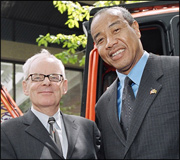
Inspired by the ROM's unique mandate - to build bridges of understanding and appreciation for the world's diverse cultures and precious natural environments - Michael Lee-Chin's extraordinary $30 million gift to the ROM is an act of both gratitude and hope: gratitude to this country for the opportunities it has given him and his family, and hope that his example might be an inspiration to young Canadians to act on their aspirations and become leaders in their own communities. The Michael Lee-Chin Crystal is named in recognition of his exceptional generosity and the remarkable vision behind his gift.
Brains
After an international search that attracted more than 50 firms, the Berlin-based Studio Daniel Libeskind was chosen in February 2002 to lead the Renaissance ROM team*. Born in Poland and raised in the US, Libeskind was a virtuoso musician before he studied architecture. He has designed buildings around the world, including the Jewish Museum in Berlin, the Danish Jewish Museum in Copenhagen and the Imperial War Museum North in Manchester.
Napkin

Inspired by the ROM’s gem and mineral collection, architect Daniel Libeskind sketched the initial concept on paper napkins while attending a family wedding at the ROM. The design was quickly dubbed the 'crystal' because of its crystalline shape.
Structure
The Lee-Chin Crystal is part of Renaissance ROM, the Museum's renovation and expansion project. Considered to be one of the most challenging construction projects in North America for its engineering complexity and innovative methods, the Lee-Chin Crystal is composed of five interlocking, self-supporting prismatic structures that co-exist but are not attached to the original ROM building, except for the bridges that link them.
Nuts and Bolts
The exterior is 25% glass and 75% extruded-brushed, aluminum-cladding strips in a warm silver colour. The steel beams, each unique in its design and manufacture and ranging from 1 to 25 metres in length, were lifted one by one to their specific angle, creating complicated angle joints, sloped walls, and gallery ceilings. Approximately 3,500 tons of steel and 38 tons of bolts were used to create the skeleton, and roughly 9,000 cubic metres of concrete were poured.
Opening Celebrations
It was a street party that Toronto will remember for years to come, and the perfect kickoff to the summer of 2007! On Saturday, June 2, the ROM, along with Their Excellencies The Right Honourable Michaëlle Jean, Governor-General of Canada and Mr. Jean-Daniel Lafond, officially opened the Michael Lee-Chin Crystal and marked the beginning of the Crystal Age for the ROM.
Luminaries, special guests and the excited crowd packed ROM Plaza, surrounding three concert stages set at the base of the Michael Lee-Chin Crystal. The evening began with a greeting by ROM Director and CEO William Thorsell. Revellers were then treated to an amazing 75-minute concert entitled A World of Possibilities, hosted by Paul Gross.
Kicking off the show was an energy-filled performance by Leahy and fiddler Natalie MacMaster, followed by Canadian Idol Eva Avila, Juno award-winning rap artist K’naan, Broadway star and R&B singer Deborah Cox and many more. Grammy-winning artist and composer David Foster unveiled a song he wrote especially for the evening, entitled We Can Build Anything. Audiences cheered as the song was performed by Canadian singer-songwriter Jann Arden, accompanied by a Canadian youth choir. The concert culminated in a dramatic lightshow that bathed the Lee-Chin Crystal in a spectrum of vibrant colours, against the backdrop of the Toronto skyline in the distance.
Why should one expect the new addition to the ROM to be 'business as usual'? Architecture in our time is no longer an introvert's business. On the contrary, the creation of communicative, stunning and unexpected architecture signals a bold re-awakening of the civic life of the museum and the city.
Mosaic Ceiling – Rotunda
The Rotunda, dedicated in honour of Ernest and Elizabeth Samuel, is the Museum’s ceremonial entrance hall. It features one of the Museum’s most magnificent architectural treasures—a spectacular mosaic dome that has fascinated generations of staff and visitors.
Charles T. Currelly, the first director of the Royal Ontario Museum of Archaeology, conceived of this mosaic introduction for the 1933 addition. The mosaic ceiling was designed to reflect the breadth of the collections, being adorned with patterns and symbols representing cultures throughout the ages and around the world.
The ceiling is made from thousands of sheets of imported Venetian glass, cut into more than a million tiny coloured squares. A team of artisans laboured for eight months to install the ceiling.
Its sparkling gold, rust and bronze background is inset with red, blue and turquoise patterns, recalling the magnificent mosaics of the Byzantine world and Eastern Europe. Worked out on the golden field are geometrical borders and panels which frame decorative floral designs. The central panel is inscribed with a passage from the Book of Job in the Old Testament: “That all men may know his work”.

Our History
At the turn of the 20th century, a small group of Torontonians envisioned a museum in the city of international stature. People of some position and influence, they championed the cause and persuaded both the Government of Ontario and the University of Toronto to fund the future museum.
The Royal Ontario Museum was formally created by the signing of the ROM Act in the Ontario Legislature on April 16, 1912. When the Duke of Connaught, then Governor-General of Canada, opened the new building to the public at 3:00 pm on March 19, 1914, it instantly became an object of pride for Toronto.
Today, the graceful structure of buff-coloured brick and terracotta, designed by Toronto-based architects Darling and Pearson, is the west wing of the ROM’s ensemble of buildings. Flanking Philosophers’ Walk, with its main entrance on Bloor Street West, this historic building originally housed five separate museums: the Royal Ontario Museums of Archaeology, Palaeontology, Mineralogy, Zoology, and Geology.
The intervening years brought several expansions. By the late 1920s, collections and staff were competing for space and the crowding had become intolerable. The first addition took place during the Great Depression and an effort was made to use mostly local building materials. Excavation was done by hand, using picks, shovels, and horse-drawn wagons. On October 12, 1933, Toronto newspapers reported that a newly opened wing facing Queen’s Park was a “masterpiece of architecture”.
In 1955, the five museums were reorganized as a single body and in 1968, the ROM was formally divided from the University of Toronto and became a separate entity under the provincial government.
A $55 million renovation was begun in 1978, intended to provide for the greatly extended research and collection activities and included a new curatorial centre, a new library and other facilities. Her Majesty Queen Elizabeth officially opened the new exhibition and gallery space, the Terrace Galleries, in a 1984 ceremony.
On June 3, 2007, the ROM opened the Michael Lee-Chin Crystal, a distinctive new symbol of Toronto for the 21st century. The Lee-Chin Crystal marks the beginning of a new age for the ROM, announcing the Museum as the country’s premier cultural and social destination.
Founders
Many people have helped to build and shape the Royal Ontario Museum. Among them, are memorable philanthropists, donors, volunteers, directors and curators.
They have committed their time and financial resources to expanding the original vision of a provincial museum in Toronto to one with an international reputation for its collections, research, and exhibitions.
We acknowledge here a small number of the many people who have helped build and shape the Museum. View the profiles of these founders and Museum builders and check back for new profiles.
